Business • Research •
A Blueprint for Small Business Success
Digital Marketing • Research • SEO •
Table of Contents
- Introduction
- Step 1: Understand Local SEO Dynamics
- Step 2: Optimize for Mobile Users
- Step 3: Leverage High-Quality, Relevant Content
- Step 4: Build Local Backlinks
- Step 5: Utilize Google My Business
- Step 6: Monitor and Adapt
- Conclusion
- Recap
Welcome to London, where standing out online is as challenging as navigating the city’s iconic double-decker buses during rush hour. If you’re a business owner in London, grappling with an underperforming website, feeling lost in the depths of search engine results, or simply struggling to connect with your local audience, you’re not alone. These are common hurdles in a city teeming with competition.
As the founder and creative director of Synmek, I’ve been on the front lines of digital marketing in London, turning these very challenges into success stories. Whether it’s a small startup in Camden struggling to get noticed, a boutique in Chelsea striving to attract more foot traffic, or a service provider in Southwark seeking to expand their client base, the solution often starts with a robust online presence.
In this in-depth guide, I’ll unveil the strategies and techniques that have propelled websites from the shadows of obscurity to the spotlight of Google’s first page in London. I’ll share insights born from real-world experiences, detailing not just the ‘how’ but also the ‘why’ behind each step. From local SEO nuances to the intricacies of mobile optimization, this article is your roadmap to navigating the complex yet rewarding world of SEO in London.
So, if you’re tired of seeing your website languish on the later pages of search results, if you’re frustrated with the scanty trickle of traffic, or if you’re simply ready to take your online presence to new heights in one of the world’s most dynamic cities, keep reading.
Let’s embark on this journey to transform your digital woes into triumphant wins.
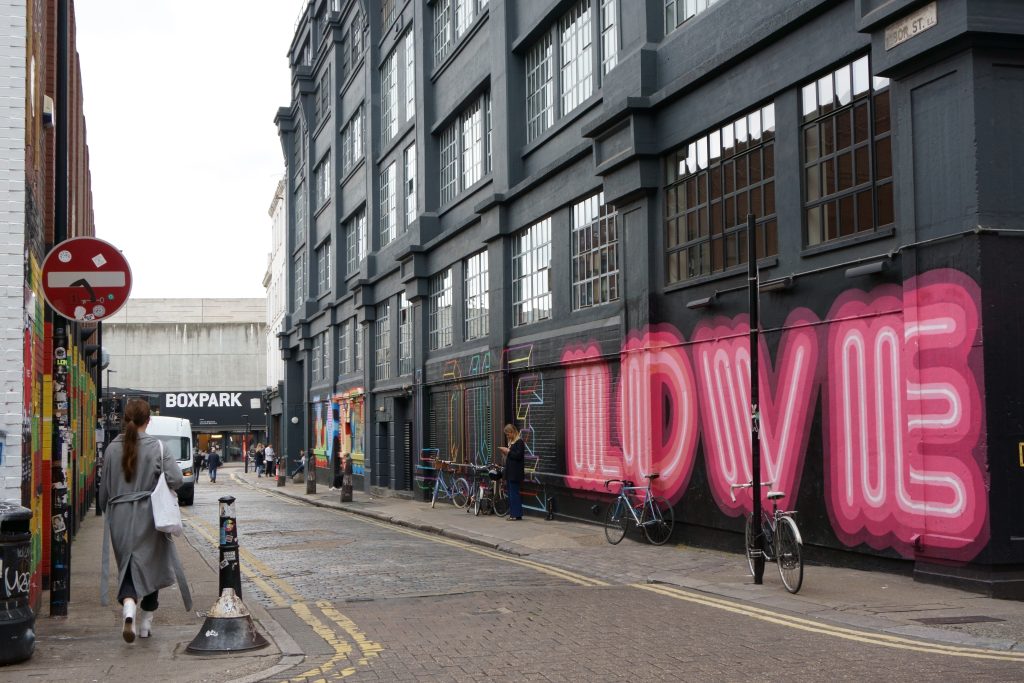
When working with a local café in Shoreditch, we realized the power of local SEO. Tailoring their website content to local landmarks and events skyrocketed their online visibility.
Focus on local keywords and phrases. Tools like Google Keyword Planner can help identify what Londoners are searching for. Include local landmarks, neighborhoods, and London-specific terms.
Remember that cozy café in Shoreditch I mentioned? When they first came to me, their online visibility was almost non-existent. But here’s what we did: we dived deep into the world of local SEO. By weaving in references to Shoreditch’s vibrant street art and bustling markets into their website content, we didn’t just give them a voice; we anchored them firmly in the local landscape.
It’s all about tapping into the heart of London. Using tools like Google Keyword Planner, I uncovered the phrases and terms that Londoners were searching for. This wasn’t just about stuffing keywords; it was about storytelling, about connecting that café to the community around it. We talked about the neighborhoods, the local events, the unique vibe of London that locals love.
This approach can transform the way London sees your business. It’s not just about being found; it’s about being found by the right people, in the right context. And let me tell you, when you get that mix just right, the impact on your online presence is nothing short of remarkable.

Let’s talk about mobile-friendliness, a vital piece of the digital puzzle. In London, like in most global cities, people are always on the move, their smartphones a constant companion. This shift to mobile browsing is something I’ve seen first-hand impact businesses in profound ways.
Here’s a golden rule I always emphasize: your website needs to be as mobile-friendly as the London Underground map. It needs to be easy to navigate, quick to load, and visually appealing on those smaller screens. Why? Because a significant portion of web traffic in London comes from mobile devices. Ignoring this is like ignoring half your potential customers walking down Oxford Street!
Now, how do you ensure your site is up to this mobile challenge? Thankfully, tools like Google’s Mobile-Friendly Test offer a quick way to check how your site stacks up. But it’s more than just passing a test. It’s about providing a seamless, enjoyable experience for your mobile users. When your website is a joy to browse on a smartphone, you’re not just ticking a box for Google; you’re opening your digital doors to a whole world of on-the-go Londoners looking for exactly what you offer.
In my experience, when businesses optimize for mobile, they don’t just see a boost in traffic. They see an increase in engagement, in customer satisfaction, and often, a noticeable uptick in business. Remember, in London’s fast-paced environment, convenience is king, and a mobile-friendly website is the epitome of convenience.

Let me share a story about a tech startup I worked with in Canary Wharf. They were innovative, sure, but online, they were just another face in the crowd. What changed their game? Content. Not just any content, but insightful, industry-related articles that spoke directly to their audience’s needs and interests.
We didn’t just throw in a few blog posts and call it a day. This was a strategic move to regularly feed their website with fresh, quality content. We talked about the latest tech trends, gave our take on industry news, and offered guides that resonated not just with tech enthusiasts but with the local London crowd interested in technology.
This approach did wonders. It catapulted their rankings on search engines and, more importantly, it positioned them as thought leaders in their field. Suddenly, they weren’t just another tech company in Canary Wharf; they were the go-to source for insights and information.
Here’s the takeaway: your website is like a living, breathing entity in the digital ecosystem of London. By regularly updating it with relevant, engaging content, you keep it vibrant and alive.
This isn’t just about pleasing search engines; it’s about connecting with your audience, offering them value, and becoming a part of their digital journey. And when you do that, when you become a resource they trust and turn to, you’ve hit a sweet spot that goes beyond SEO.
Recommended Reading: How to Conduct a Website Content Audit: A Step-by-Step Guide

Building backlinks, now that’s an art in itself, and in a city like London, it’s akin to forming alliances. Picture this: your website is a bustling hub in the heart of the city, and each backlink is a road leading to it. The more roads you have, the easier it is for people to find you. But it’s not just about quantity; it’s about quality and relevance.
Here’s how I approached it: I reached out to local businesses, bloggers, and even influencers who shared a synergy with my clients. This wasn’t a cold, calculated exchange. It was about building genuine connections, finding common ground, and creating mutually beneficial relationships. We’re all part of the same vibrant London tapestry, after all.
And then, there’s the untapped potential of London-based online communities and forums. Engaging in these spaces isn’t just about dropping a link and leaving. It’s about contributing meaningfully, being part of the conversation, and establishing your presence as a knowledgeable, valuable member of the community. When you do this, backlink opportunities often present themselves naturally.
This strategy is about embedding your website into the digital fabric of London. It’s about making your site not just a standalone island but a connected, integral part of the city’s online ecosystem. When you achieve that level of integration, your website’s visibility and credibility soar, paving the way for organic, sustainable growth in the digital realm.
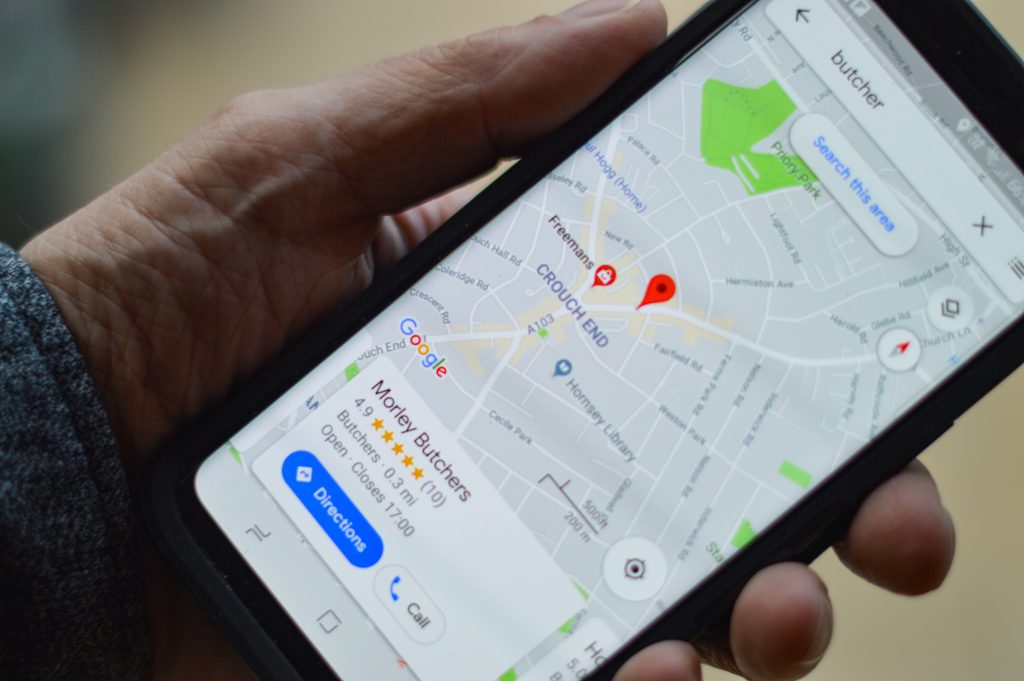
Let me tell you about a salon in Brixton that really opened my eyes to the power of Google My Business (GMB). Despite their flair and expertise, they were just another hidden gem in London’s bustling beauty scene. That was until we gave their GMB listing a makeover. We meticulously updated their details, uploaded vibrant photos, and kept their profile as fresh as their haircuts. The result? A significant surge in local queries and bookings. It was like flipping a switch.
Claiming and optimizing your GMB listing is one of those crucial, yet often overlooked steps in local SEO. It’s your business’s digital storefront, your first handshake with potential customers. By keeping your listing accurate and lively, you’re not just ticking boxes for Google’s algorithms; you’re engaging with your community.
And here’s something I’ve learned: engagement breeds loyalty. Regularly updating your listing, responding to reviews (both good and bad), and posting updates or offers, shows that you’re active and attentive. It’s like saying, “Hey, we’re here, we care, and we’re part of this community.”
In a city like London, where every street corner has a story, your Google My Business listing is your chance to tell yours. It’s more than just an SEO tactic; it’s a bridge connecting your business with the beating heart of the city. So, give it the attention it deserves, and watch as it transforms from a mere listing into a bustling gateway to your business.
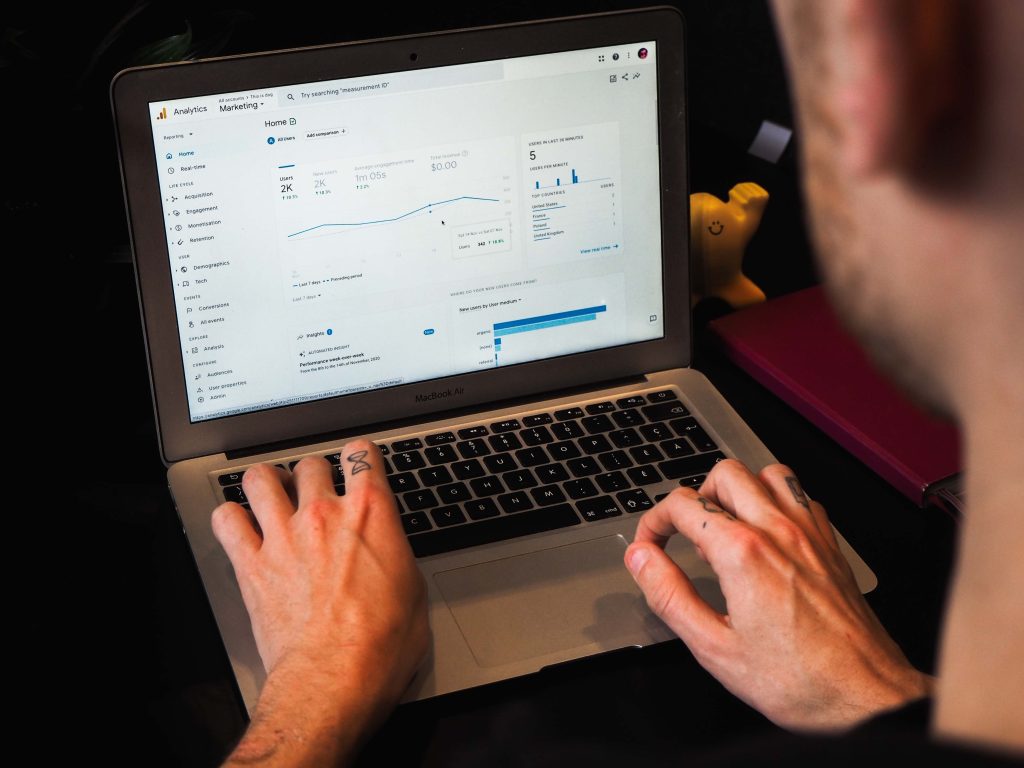
Diving into the world of SEO without tools like Google Analytics and SEMrush is like navigating the Thames without a compass. These tools have been my North Star, guiding the digital strategies for countless clients in London. Let me explain how this works.
With Google Analytics, I’ve been able to peek behind the curtain and see exactly how visitors interact with my clients’ websites. It’s fascinating – you get to understand what works and, more importantly, what doesn’t. For instance, for a boutique in Kensington, by analyzing visitor behavior, we realized that a specific landing page wasn’t performing as well as we hoped. Armed with this insight, we tweaked the page, and voilà – engagement rates soared.
SEMrush, on the other hand, is like having an SEO detective by your side. It helps you uncover keywords your competitors are using, track your rankings, and even scout out backlink opportunities. It’s a goldmine of information. I recall working with a Persian restaurant in New Malden where SEMrush helped us identify and target keywords that we hadn’t even considered, leading to a significant increase in online reservations.
Here’s the crux: Monitoring your website’s performance and being agile enough to adapt based on these insights is crucial. What worked yesterday might not work tomorrow. These tools provide a wealth of data-driven insights, but it’s up to you to use these insights to refine and evolve your strategies continually.
Embrace these tools as part of your digital Arsenal (could you tell who I support? ????). Let them guide your decisions and strategies, and you’ll find that navigating the complex world of SEO becomes a more precise and rewarding journey.
Ranking a new website in London requires a blend of local SEO tactics, mobile optimization, quality content, strategic backlinking, and continuous adaptation. By following these steps, you can significantly improve your website’s visibility and attract more business.
Remember, SEO is a marathon, not a sprint. Patience, persistence, and adaptation to the evolving digital landscape are key to your success in London’s competitive market.
Embark on your journey to SEO success in London with these actionable steps, and watch as your website climbs to new heights.
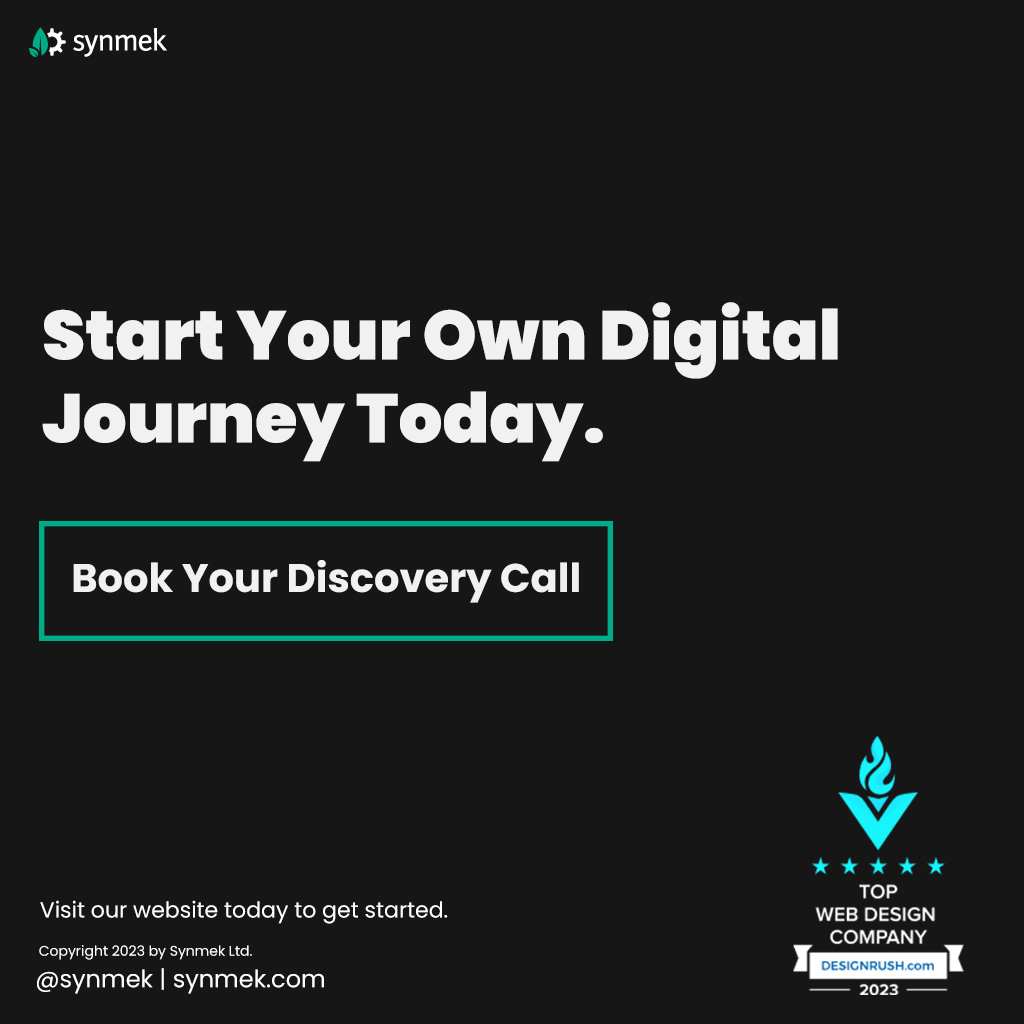
Featured Image by Jamie Davies on Unsplash
Follow Us On Social Media
Join Our Synmek Newsletter
Unlock a World of Expertise! Elevate your business with our exclusive content delivered straight to your inbox. From marketing guides to design tips, we've got it all just for you. Ready to boost your digital presence? Take the next step and sign up now. Your journey to success starts here!

Business • Research •
A Blueprint for Small Business Success
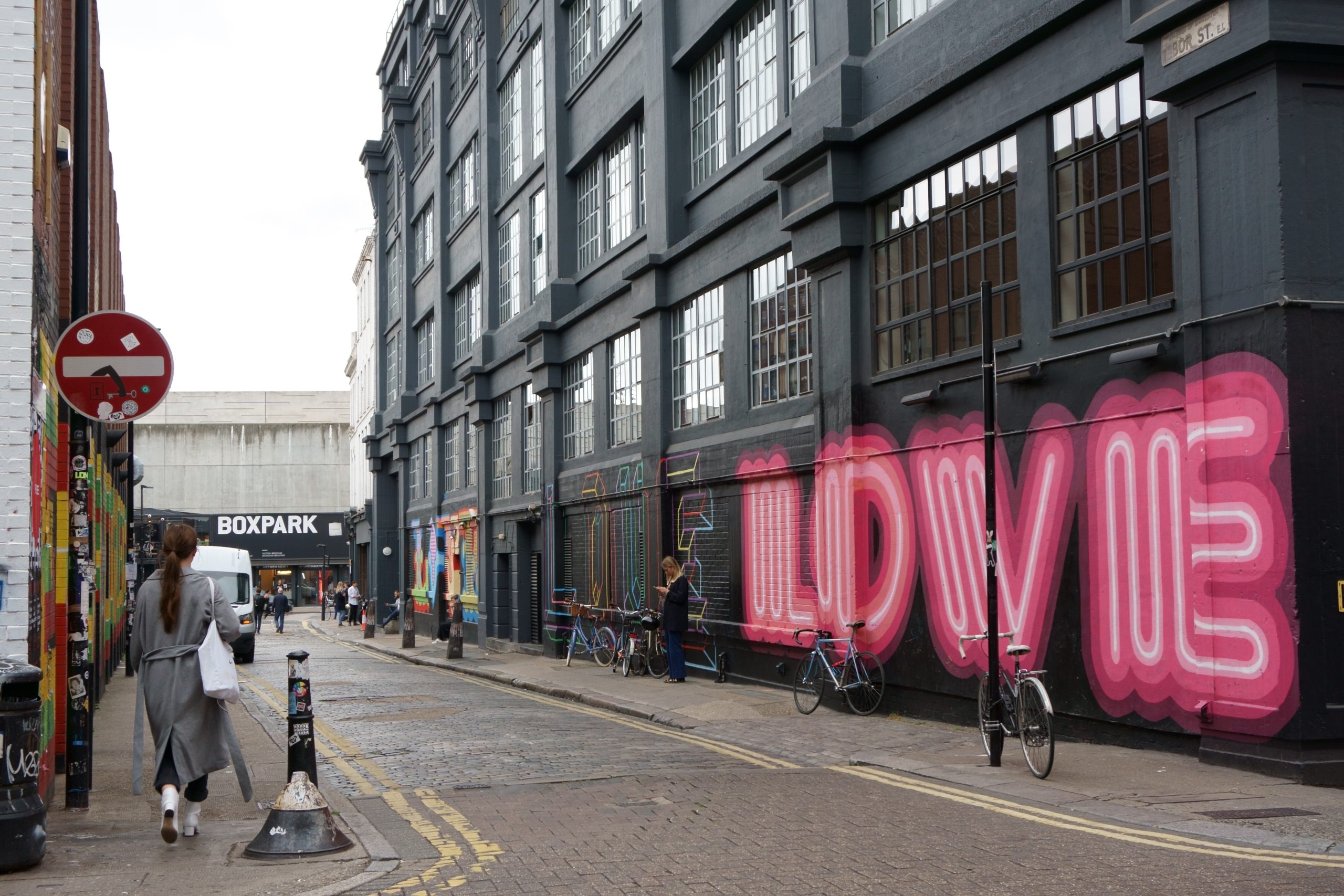
Business • Design • Research •
Why Your London Business Needs a Professional Website Design Now More Than Ever

Design • SEO •
5 Essential Web Design Tips for London-Based Businesses
Copyright © 2024 Synmek Ltd. Reg. 15289004 | Privacy Policy | Bespoke Website Designer & Developer in London